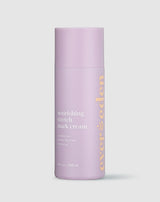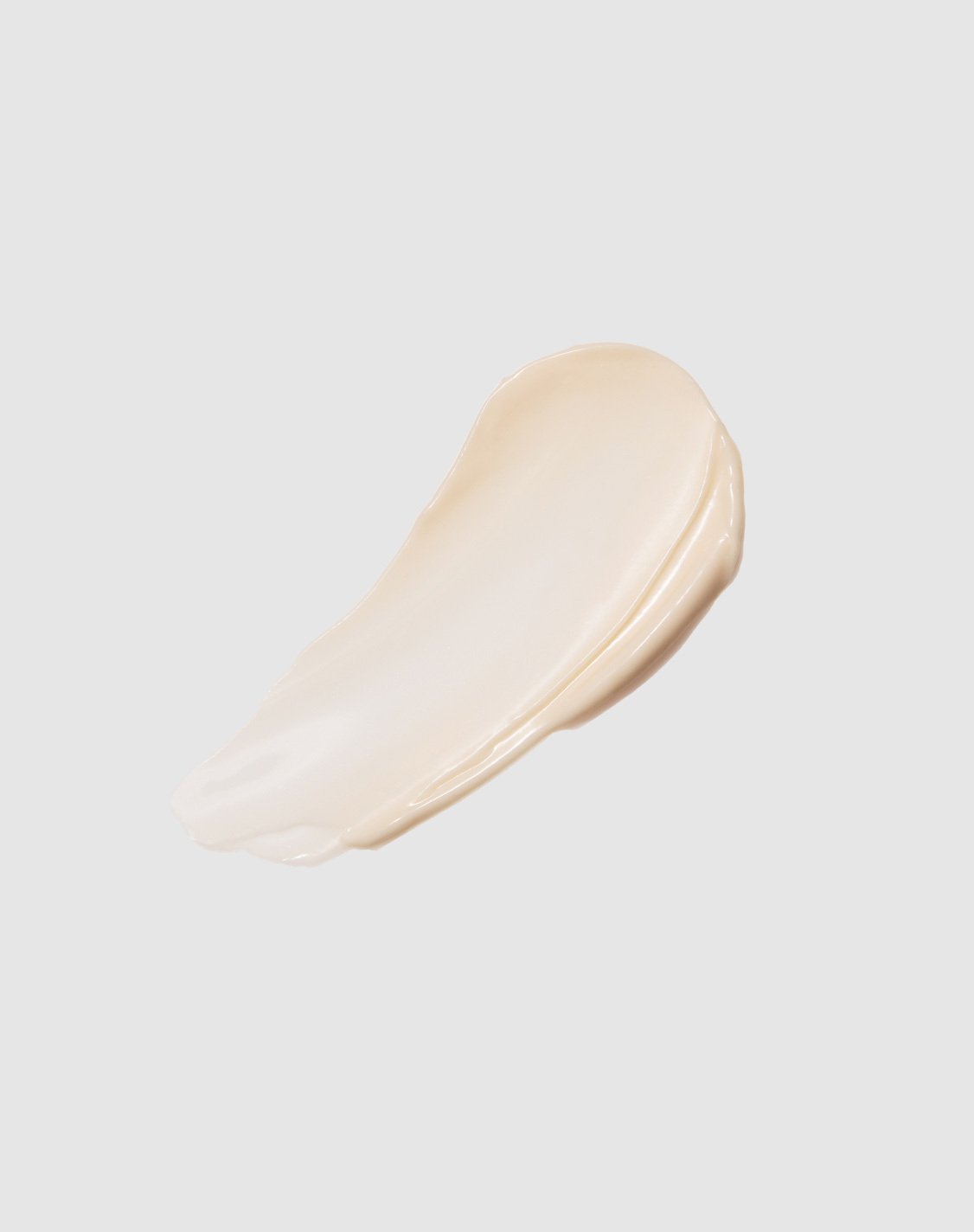Skincare is not one-solution-treats-all—and here at Evereden, we embrace and celebrate the myriad of ways in which pregnancy changes and transforms our individual bodies. Every journey to motherhood is different, which is why we’re so excited to speak with Los Angeles-based board-certified dermatologist Dr. Onyeka Obioha, MD, about how the transformations of pregnancy affects skin—especially for women of color. Read to learn about how to adjust your skincare routine during the nine months of gestation, how to treat common skincare concerns from prenatal to postpartum periods, and what to do about stretch marks once and for all.
From a dermatologist’s point of view, how does the skin change during the nine months of pregnancy?
During pregnancy, one of the biggest manifestations on the skin is hyperpigmentation. The increase in estrogen acts upon the pigment-producing pathway. It’s very common to develop pigmentation on the stomach. The linea nigra [pregnancy line] that often happens is due to the increase in estrogen. Chloasma and melasma are hormonally responsive, as well.
Oil production also changes during pregnancy! Some patients are more likely to break out, but it’s not a hard-and-fast rule. Some patients struggle with acne their entire lives, and then once they get pregnant, their acne clears!
There is also an increase in blood flow during pregnancy. Some patients are susceptible to developing little red areas called angiomas, which are basically a collection of superficial blood vessels.
When you’re pregnant, your skin is stretching out, so there are changes in elasticity, too. When the body expands, that’s when stretch marks come into play. The increase in hormones and changes in hormonal balance can also affect stretch marks.
We know BIPOC women are too often overlooked in all realms of health care, including maternal care. Are there any dermatological or skin-related concerns related to pregnancy that either get overlooked or diminished in BIPOC women?
Recognizing the increased propensity for developing hyperpigmentation and keloids [raised scars] in women of color is important, as severe acne (which may occur in pregnancy) has a higher likelihood of resulting in post inflammatory hyperpigmentation, keloids, and severe scarring. Thus, early and aggressive treatment is important.
Additionally, when the birth plan of a woman of African American descent involves a C-section, it’s imperative to inquire about keloid history—as C-section scars are more likely to result in keloids in African American women and are extremely hard to treat.
There are certain surgical techniques which have been reported to have better cosmetic results, as well as early initiation of postoperative intralesional steroid injections can be helpful.
It’s important to not overlook the differences and nuances in highly pigmented skin as compared to lighter skin types, as there is a large gap in research regarding the differences in pregnancy-specific skin of color concerns. For example, tretinoin has been shown to be helpful for [a type of red stretch mark called] striae rubra in lighter skin types. However, tretinoin has not been studied exclusively in skin of color populations. Striae in women of color is often hyperpigmented—rather than red. Thus, the recommendation for tretinoin may not be universal for all skin types! [Editor's Note: Tretinoin should not be used when pregnant or breastfeeding, so it's best to consult with your doctor before beginning this treatment.]
Are you saying there are skincare concerns that are more endemic to women of color during pregnancy?
There are no pregnancy conditions that are specific to women of color. However, in general, melanocytes—which are pigment producing cells—are more reactive in skin of color. For example, pregnancy-induced acne may result in more post-inflammatory hyperpigmentation in darker skin.
Also, harmless growths called dermatosis papulosa nigra are more common in patients of color and may increase during pregnancy. [Editor's Note: These present themselves as hyperpigmented raised bump.]
Once you find out you’re pregnant, how should you start changing your skincare routine?
The routine should be simplified. Less is more. Stick with staples like SPF and antioxidants, but ditch the big no-no's: topical vitamin A products and beta hydroxy acids. Oftentimes, low-strength alpha hydroxy acids can be used in the second and third trimesters.
Are there ways to reduce the appearance of stretch marks?
Skin that is well hydrated is more supple and better able to withstand the forces of stretch. Ceramide-based products and humectants such as hyaluronic acid are big staples. Peptides can help skin tone and texture. Topical retinoids are the only clinically proven topicals to be helpful for stretch marks—but they can’t be used in pregnancy and while nursing.
What are some other ingredients found in skincare products that can help?
Centella Asiatica [found in Evereden Golden Belly Serum Belly Oil and Nourishing Stretch Mark Cream] is rich in amino acids, beta carotene, fatty acids, and phytochemicals. More research is needed to fully characterize the function and benefits in human skin, but it’s thought to calm inflammation, serve as an antioxidant, and have anti-aging, hydration, and wound-healing properties. A small study has found Centella Asiatica to be helpful for stretch marks—but more studies are needed to fully decide.
Skincare rich in pregnancy-safe brighteners and antioxidants such as vitamin C, vitamin E, and azelaic acid should be used for hyperpigmentation. Mild-strength alpha hydroxy acids—lactic acid, glycolic acid, mandelic acid—are also effective for pregnancy induced acne.

Are there in-office treatments that can help with fading stretch marks?
Microneedling punctures the skin and creates micro injury. It's stimulating your body's wound-healing response and helps break up the tissue. There is also a procedure called Cellfina that also helps break up the tissue and stimulates wound healing.
There's a lot of emphasis on aftercare and recovery for postpartum. Is there anything that can be done skin-wise for postpartum care?
As hormones change postpartum, so will your skincare concerns. You may have dry skin before pregnancy—and oily skin after pregnancy. Tailor your cleanser appropriately. If oily, exfoliating cleansers are helpful. If dry, use a creamy cleanser so as not to over-dry the skin. Stick with noncomedogenic—aka oil-free—facial moisturizers. Incorporate new products slowly as your tolerance may change. Lather up on SPF so that pregnancy-induced hyperpigmentation can fade as fast as possible. And finally, exfoliate the dead skin cells that accumulated in pregnancy!








